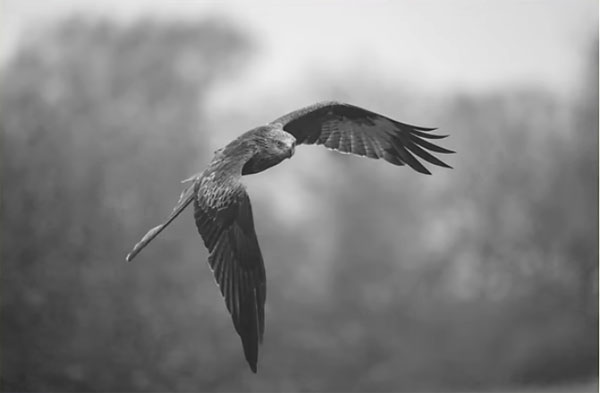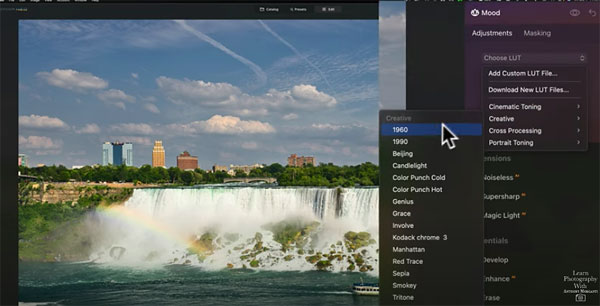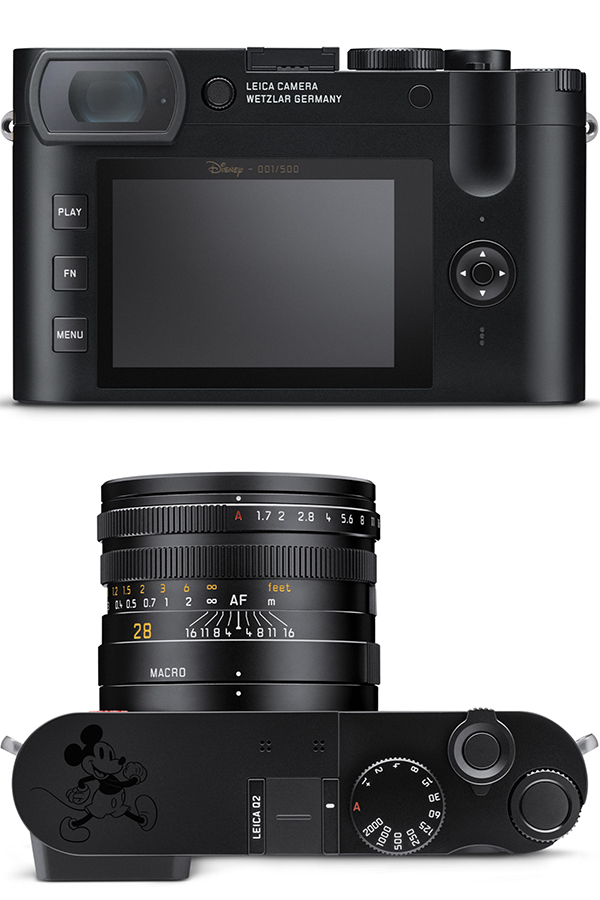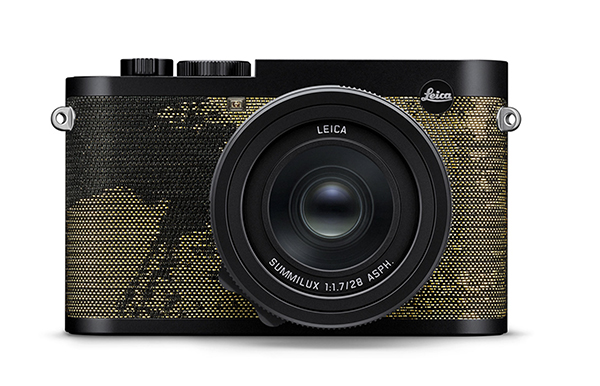5 HACKS for Better Wildlife & Nature Photos (VIDEO)
Wildlife and nature photography is often quite a challenge, with uncertain weather, ever-changing light, and subjects that quickly move through the frame. The video below promises to, “make your life as a photographer just a little bit easier” with five very effective hacks for beginners and experienced shooters alike.
This episode comea from Walks on the Wild Side, an instructional YouTube channel devoted to helping outdoor photographers improve their results in the field. Like other hacks we’ve posted in the past, these can really make an impact, and we’re pretty sure there are at least three or four in this lesson that you haven’t heard before.
Instructor Scott Walker in a British pro who regularly posts tutorials on all aspects of shooting nature, from wildlife and macro photography to landscape imagery and more. The simple tricks he provides here are targeted at capturing wildlife, but they’re equally appropriate for much of what you photograph outdoors.

Walker’s first hack is about a odd piece of “gear,” and it’s definitely something that’s never found it’s way into our kit: He suggests carrying a small bag of flour whenever you go out to photograph birds! As some of you know, most birds take off into the wind, but sometimes a breeze is so subtle that its direction is difficult to discern. In those situations Walker sprinkles a bit of flour in the air and the wind direction immediately becomes apparent.
When out photographing birds Walker also carries a small clamp that he uses to create a natural looking perch by attaching a small branch to the top of an unused tripod in a spot that offers good light and a pleasing background. It’s sort of surprising how often his feathered subjects comply.
Most photographers know that background blur can really make a subject stand out, and this effect is pretty easy to accomplish in the camera. But Walker has an interesting hack for creating foreground blur—simply by strategically holding a small object between the camera and his subject.

You’ll have to watch the video to see Walker demonstrate his other two intriguing hacks. Let’s just say that they’re as unique and effective as those mentioned above.
After viewing this interesting video, we suggest that you pay a visit to Walker’s YouTube channel where there’s much more to learn.
And don’t miss the tutorial we posted from another pro recently, explaining how intentional camera movement can give outdoor photos a creative boost.










